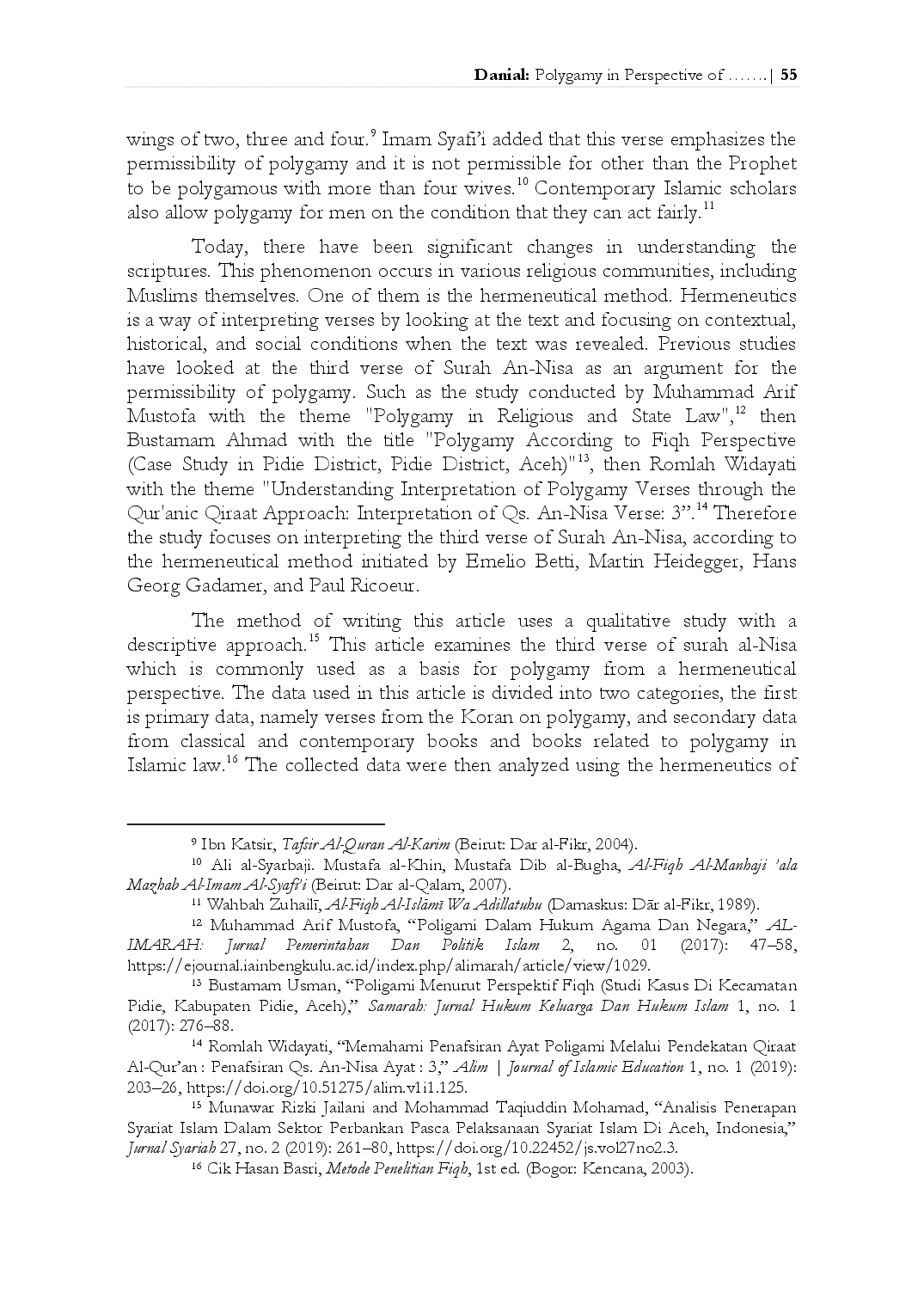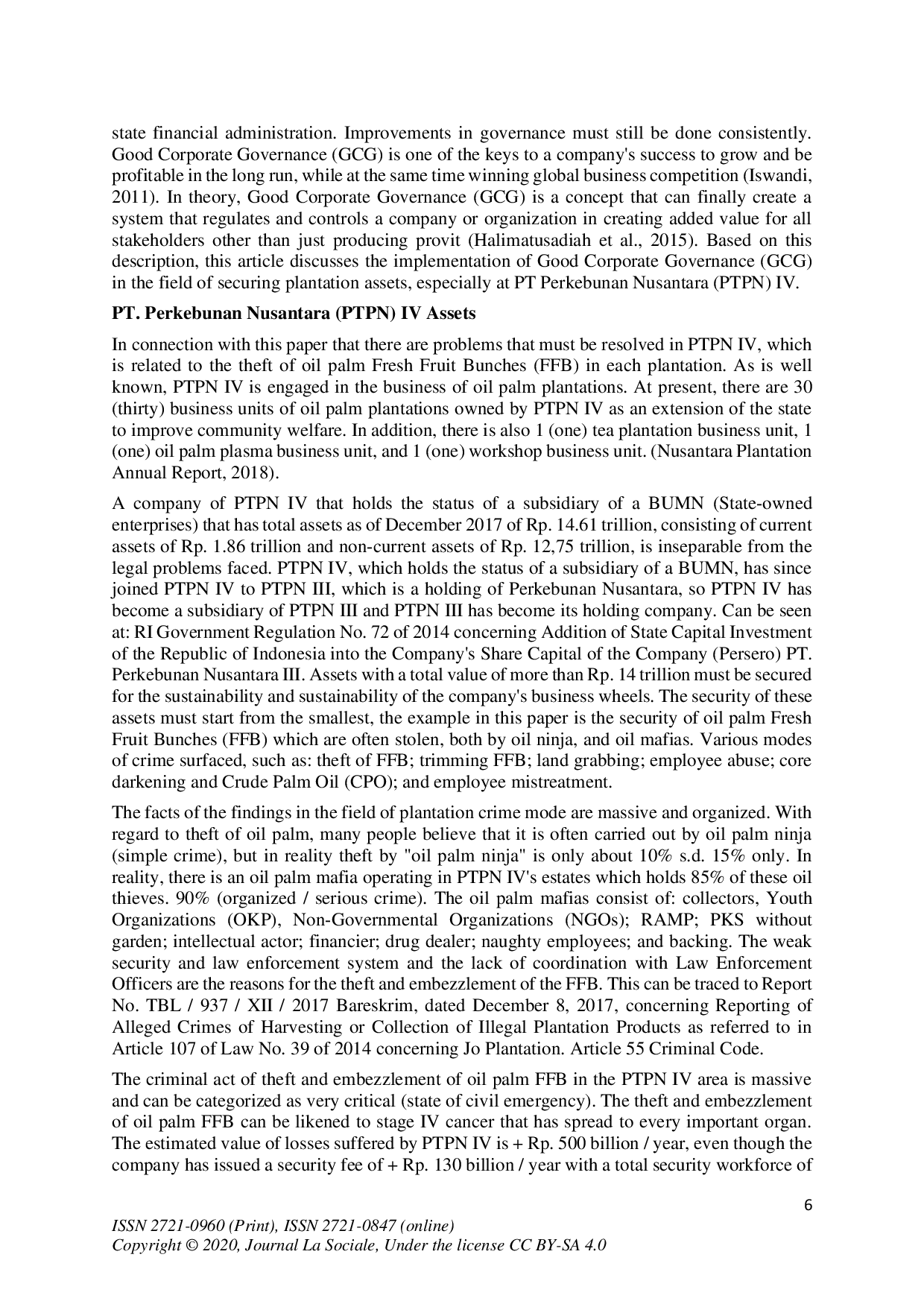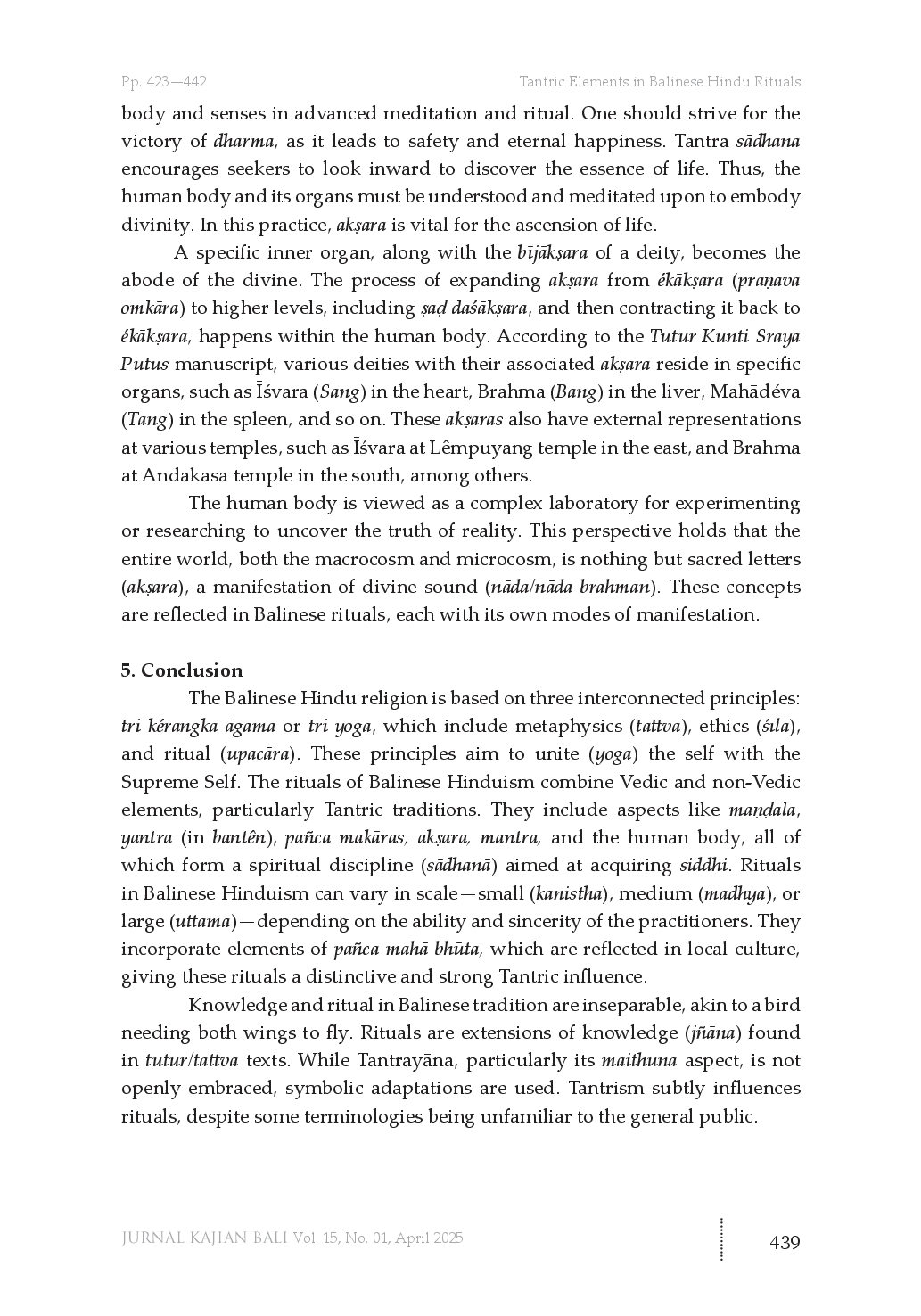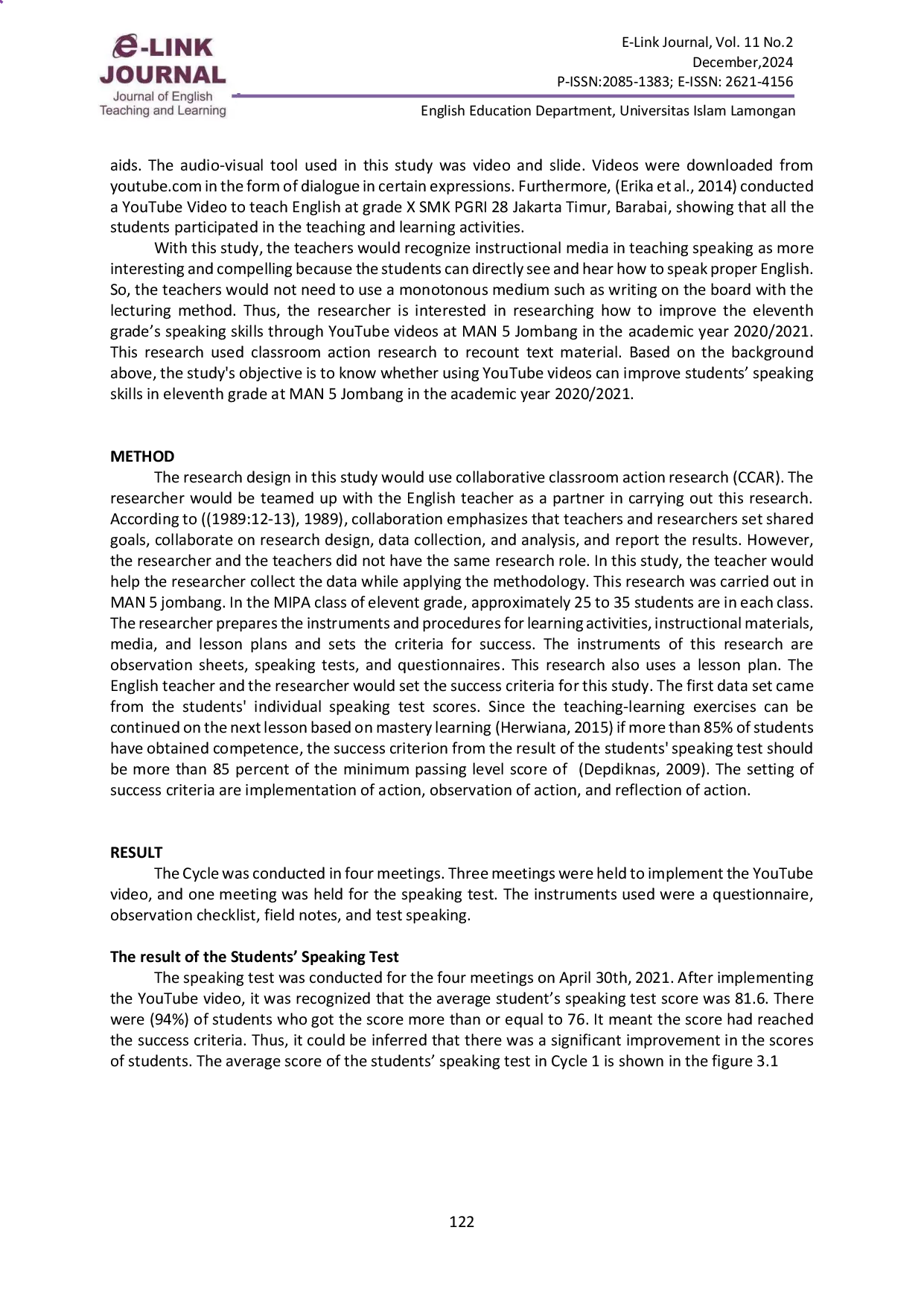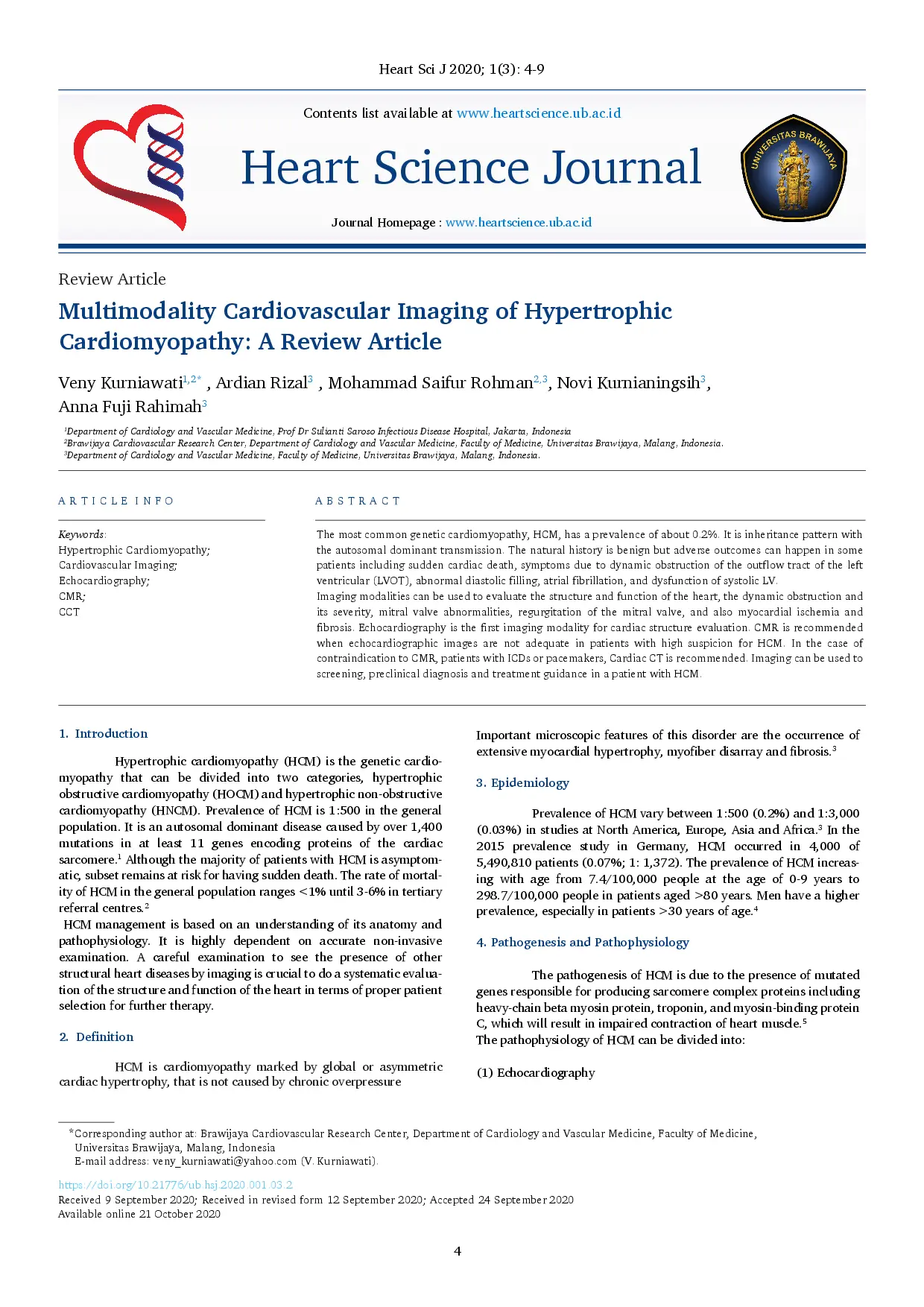UBUB
Heart Science JournalHeart Science JournalCoronary Artery Disease (CAD) is the most prevalent cardiovascular disease, which remains the leading cause of death worldwide. In Indonesia, it accounts for approximately 1.5% of the entire population. Diabetes mellitus (DM) is taken into consideration as one of the most potent risk factors for cardiovascular diseases. Haemoglobi-nA1c (HbA1c) reflects a long-term glycemic control and is used as a valuable diabetes biomarker. High serum glucose levels, expressed as glycated hemoglobin levels in diabetics or non-diabetics, are related to varying degrees of systemic inflammation and promote the release of the proinflammatory cytokines. The association between higher glycated serum HbA1c levels and the severity of the coronary disease is well known. The predictive value of HbA1c for CAD severity, re-hospitalization, and the mortality of cardiovascular disease had been studied extensively since 2004. Numerous previous trials discovered that severity of CAD correlated with the elevation of HbA1c levels, suggesting it as a broad surrogate marker for CAD. Thus, HbA1c is currently considered as an independent risk factor for CAD. A higher level of HbA1c and the presence of factors associated with ongoing atherosclerosis and extensive CAD are concomitantly contributing to the higher major adverse cardiovas-cular events (MACEs) incidence and long-term mortality.
Many studies support the role of HbA1c as an independent risk factor for CAD.A significant correlation was shown between HbA1c, hospital admission, coronary artery severity, and adverse cardiovascular events, potentially serving as a surrogate marker for worse long-term outcomes.Therefore, maintaining HbA1c levels within normal limits (below 5.7%) is recommended to mitigate risks and improve patient prognosis.
Penelitian lebih lanjut perlu dilakukan untuk mengidentifikasi mekanisme biologis yang mendasari hubungan antara HbA1c dan CAD, melampaui sekadar refleksi glikemia. Studi prospektif dengan ukuran sampel yang besar dan periode tindak lanjut yang panjang diperlukan untuk menentukan nilai ambang HbA1c yang optimal untuk memprediksi risiko kardiovaskular pada populasi non-diabetes, termasuk populasi Indonesia. Selain itu, penelitian intervensi yang mengevaluasi efektivitas strategi untuk menurunkan HbA1c pada pasien dengan CAD, bahkan pada mereka yang tidak menderita diabetes, akan memberikan wawasan penting untuk praktik klinis dan pencegahan penyakit kardiovaskular.
| File size | 1.48 MB |
| Pages | 3 |
| DMCA | ReportReport |
Related /
UBUB Penambahan cadangan aliran fraksional yang berasal dari CCTA (FFR-CT) menawarkan penilaian iskemia miokard tanpa perlu pengujian invasif. Lebih baru-baruPenambahan cadangan aliran fraksional yang berasal dari CCTA (FFR-CT) menawarkan penilaian iskemia miokard tanpa perlu pengujian invasif. Lebih baru-baru
IAIN MADURAIAIN MADURA Data dikumpulkan melalui kuesioner untuk menjelaskan alasan penolakan dan tingkatnya, serta wawancara semi-terstruktur untuk menjelajahi topik utama dalamData dikumpulkan melalui kuesioner untuk menjelaskan alasan penolakan dan tingkatnya, serta wawancara semi-terstruktur untuk menjelajahi topik utama dalam
IAIN CURUPIAIN CURUP Ayat ketiga dari surah al-Nisa sering dipahami sebagai ayat yang memerintahkan poligami, karena berisi rekomendasi untuk menikahi lebih dari satu wanita,Ayat ketiga dari surah al-Nisa sering dipahami sebagai ayat yang memerintahkan poligami, karena berisi rekomendasi untuk menikahi lebih dari satu wanita,
UBUB CT juga menunjukkan bahwa kedua arteri femoralis normal. Kami memutuskan untuk menggunakan arteri femoralis kanan sebagai akses. Kami melanjutkan prosedurCT juga menunjukkan bahwa kedua arteri femoralis normal. Kami memutuskan untuk menggunakan arteri femoralis kanan sebagai akses. Kami melanjutkan prosedur
Useful /
NEWINERANEWINERA 90% merupakan kejahatan terorganisir/serius. Tindak pidana pencurian dan penggelapan kelapa sawit TBS (Fresh Fruit Bunch) di wilayah PTPN IV bersifat masif90% merupakan kejahatan terorganisir/serius. Tindak pidana pencurian dan penggelapan kelapa sawit TBS (Fresh Fruit Bunch) di wilayah PTPN IV bersifat masif
UNUDUNUD tri kérangka āgama atau tri yoga yang mencakup metafisika (tattva), etika (śīla), dan ritual (upacāra). Ritual Hindu Bali menggabungkan unsur Vedictri kérangka āgama atau tri yoga yang mencakup metafisika (tattva), etika (śīla), dan ritual (upacāra). Ritual Hindu Bali menggabungkan unsur Vedic
UNISLAUNISLA Metode yang digunakan adalah Collaborative Classroom Action Research (CCAR). Hasil penelitian menunjukkan bahwa penggunaan video YouTube dapat meningkatkanMetode yang digunakan adalah Collaborative Classroom Action Research (CCAR). Hasil penelitian menunjukkan bahwa penggunaan video YouTube dapat meningkatkan
UBUB Pendekatan pencitraan multimodality yang meliputi ekokardiografi, CMR, CT jantung, dan pencitraan nuklir jantung direkomendasikan dalam penilaian pasienPendekatan pencitraan multimodality yang meliputi ekokardiografi, CMR, CT jantung, dan pencitraan nuklir jantung direkomendasikan dalam penilaian pasien


